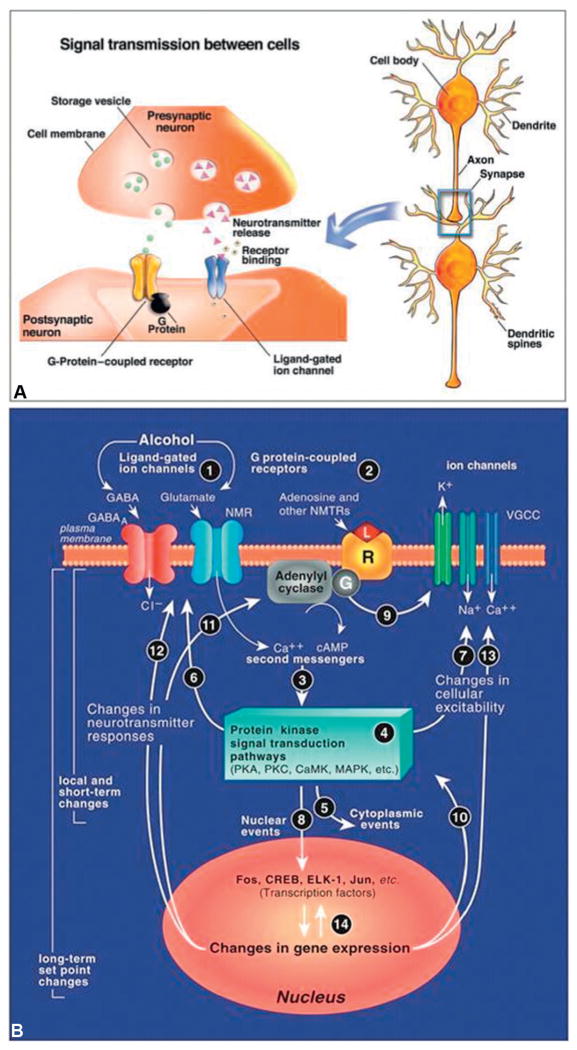Fig. 6.4. The molecular adaptations in the mesocorticolimbic pathway occurring with alcoholism.
(A) The mesocorticolimbic system includes several brain areas: prefrontal cortex (PFC), nucleus accumbens (NAc), ventral tegmental area (VTA), and amygdala (Amg). Alcohol consumption has a major effect on the dopaminergic, glutamatergic, and GABAergic systems in this pathway. Acute effects of alcohol include: increased dopamine release (associated with reward), increased GABA receptor activity (associated with anxiolysis, sedation, and motor incoordination), and decreased glutamate receptor activity. DA, dopamine; EtOH, ethanol; NMDA-R, N-methyl-D-aspartate receptor; GABA-R, γ-aminobutyric acid receptor.
(B) Chronic alcohol consumption causes neuroadaptations to oppose the effects of acute alcohol and include: decreased dopamine release and increased dopamine receptor expression, decreased GABA receptor expression, increased glutamate release and increased NMDA receptor expression.

